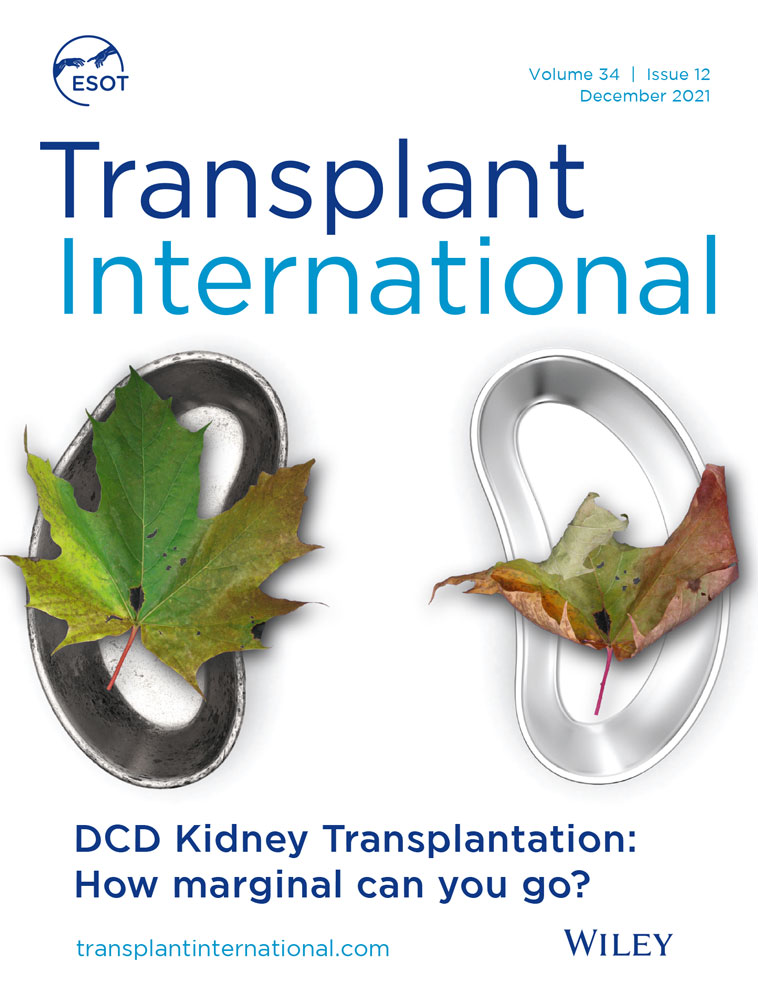Biliary complications secondary to late hepatic artery thrombosis in adult liver transplant patients
Abstract
Abstract Biliary complications (BC) are the usual presentation of late hepatic artery thrombosis (HAT) of the liver graft. Our aim was to study the clinical features and outcome of BC secondary to HAT compared to BC which occurred in liver transplant (LT) patients with patent vessels. We present a retrospective study of 224 LTs performed in 204 patients between 1988 and 1996. The mean recipient x s age was 51 years. A choledochocholedochostomy without T-tube was used as biliary reconstruction in most cases (67%); in 12%, a choledochojejunostomy was performed. An iliac conduit was necessary in 15 % of cases and back-table arterial reconstruction was performed in 10 % of cases of anatomic variants in graft arteries. Different donor, recipient and intraoperative variables, as well as treatment and outcome, were studied in the two groups of patients presenting BC with or without HAT. BC occurred in 38 cases (17%) whereas HAT was diagnosed in 11 cases (4.9%). Therefore, 23 % of BC encountered after LT were secondary to HAT. Nine cases of late HAT manifested as BC, septicaemia (88 %) and hepatic bilomas (8 cases). Percutaneous or surgical drainage of hepatic bilomas was performed in all cases, followed by retransplantation in six cases (66%). BC secondary to HAT appeared later than the rest of BC. Donor age was the only significant predisposing factor found in our study. Graft survival is significantly reduced as most patients needed re-transplantation. In conclusion, BC secondary to HAT presented later in livers from older donors in the form of biliary sepsis and hepatic biloma. Retransplantation was ultimately required in most cases and graft survival was significantly diminished.




